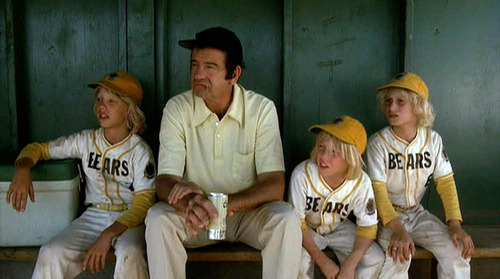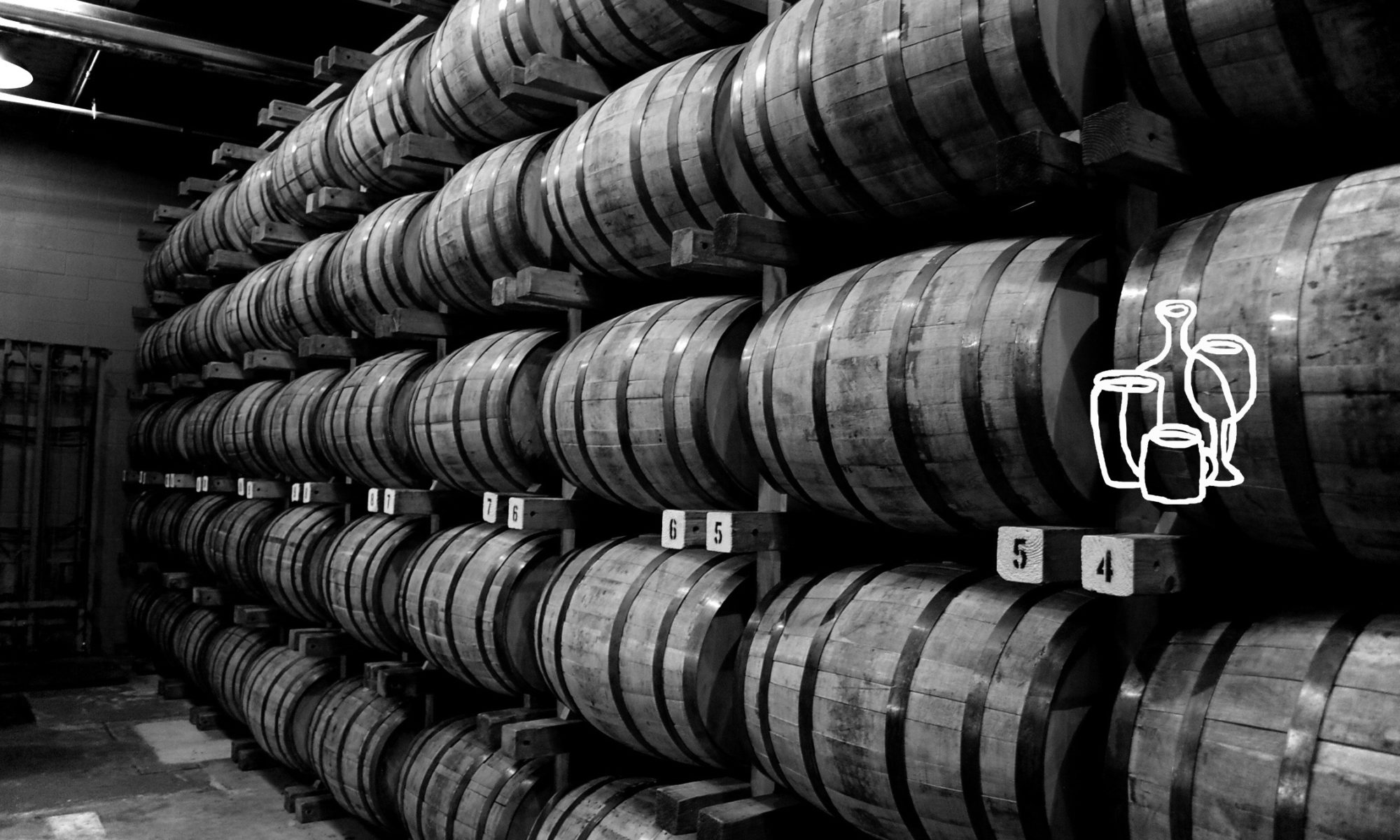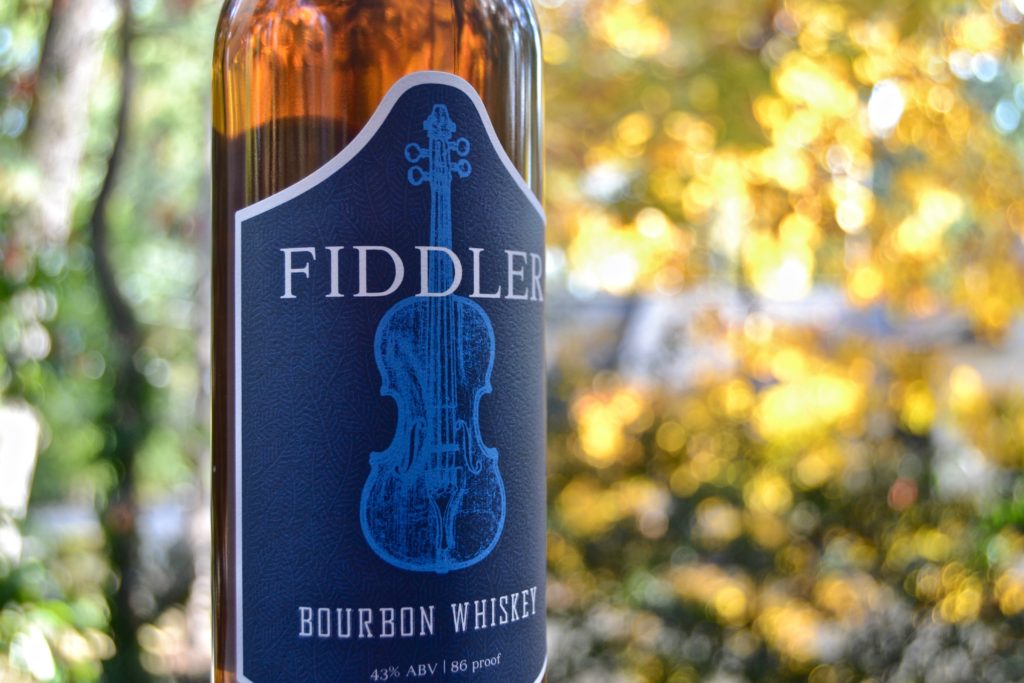
Yesterday I went to a seminar at my kids’ school, on the topic of alcohol addiction. It’s a topic that – for me, as a parent – is critically important. And a topic that – for me, as a drinks writer – I haven’t paid enough attention to. The truth is, I publicly celebrate the cult of drinking on an almost daily basis. And I don’t often enough step back to think of the ramifications of doing so. I post Instagrams of the bourbon I’m tasting, or the wine I’m opening, or the rare beer that just hit the shelves. I tweet out my excitement when a local distillery introduces a new spirit. I write about bartenders and the joy of communal drinking. But I’ve never written about alcoholism, or the dangers of drinking, or the need to model good drinking behavior to kids, or the challenges of striking that right balance between celebration and caution that is inherent in what I do. Let’s face it – the “drink responsible” story is just not as exciting as the “drink really well” story.
So here I am, spurred on by that seminar at my kids’ school, finally jotting down my thoughts on “how to drink in front of your kids.” The folks who put on the seminar had no idea there was a drinks writer in the room, but hopefully this little megaphone helps extend their message more broadly.
Let me start by explaining my personal perspective, and clearly stating that I’m no expert in alcohol dependency. I am not a psychologist, physician, counselor, or educator. What I am is a fan of drinking (and eating) well, in healthy ways. My exposure to alcoholism started when I was young, though I had little understanding of it at the time. It manifested itself as a shadowy figure lurking behind the erratic behavior of my grandmother every now and then, but a shadowy figure that was not really discussed with the kids. Luckily, my grandmother who struggled with addiction came through it fairly well, thanks to some family intervention and support.
Addiction hasn’t stalked me, but as an adult who enjoys drinking and actually writes about it semi-professionally, I have kept a wary eye out for its presence. And by that I mean that I have watched myself… my drinking habits… and second guessed the extent to which I really need that third cocktail at my favorite bar over the course of an evening, or that pour of whiskey after dinner, or that bottle of wine when the only occasion is the fact that there is good wine to be drunk. I’ll admit that I can sometimes be overzealous in my enthusiasm for a good drink. But I also know that it’s just that – enthusiasm – which sometimes needs to be tempered.
I also watch friends and family with a critical eye, making sure they don’t exhibit behavior that is worrying. And making sure I am not the one who might be pushing them into that behavior with my own aforementioned passion for sharing a fine drink. It can happen.
Usually, I’m satisfied that my desire for a drink (and to share a drink) is born out of genuine curiosity, a wish to experience what I consider to be a form of consumable art. I simply don’t turn to alcohol to drown out my sorrows or out of a feeling of necessity. And I’ve only once had to bring the topic up directly with someone else – someone I feared was suffering from alcoholism – out of concern for their safety and the safety of those around them.
So back to the topic of kids. Most of the evidence out there tells us that drinking alcohol is at best a very bad thing (and illegal) for anyone under 21. The statistics are flat out scary – like this from the CDC: “Excessive drinking is responsible for more than 4,300 deaths among underage youth each year, and cost the U.S. $24 billion in economic costs.” The statistics also say that the earlier kids start drinking, the more likely they are to develop an addiction later on. The longer they go before drinking, the better.
And, believe it or not, kids really care about what their parents think. They do hear us. They do watch us. They do absorb how we approach alcohol. And they do actually care about their relationships with us (even if it may not always seem that way). The role of the parent in guiding their beliefs and behavior is critical.
There are lots of well-documented ways to minimize the likelihood and risks of underage drinking (for starters, here’s the page from FCD, which is the organization affiliated with the Hazelden Betty Ford Foundation that was leading the discussion at my kids’ school) – making clear your expectations as a parent, making sure children are educated on the negative impacts of drinking, having open dialog, etc. But what about the question of how to drink in front of your kids? Especially for those of us you might call drinking enthusiasts?
My own experience as a kid watching parents drink is pretty close to what I think is right. My mom and dad were what you could call model drinkers (at least I think so). They enjoyed a glass or two of wine on occasion, almost always in conjunction with a nice meal. The liquor cabinet was, I think, comprised wholly of a dusty bottle of amaretto and a bottle of Frangelico or Kahlua that mostly got used in recipes. No vodka. No whiskey. No gin. No temptation to a teen. Beer was never consumed because they just didn’t care for the taste of it. I understood completely – 100% – that drinking as a teenager was not allowed. And yet…
… I did drink as a teenager (and in college under the age of 21). More than I should have. Almost always cheap swill – stuff like sticky sweet Bartles and Jaymes, or Boone’s Farm (seriously). More often than not back then, I drank with the intent of getting intoxicated, mostly because I thought there was social currency in doing so. I understood it was dangerous, and bad, and illegal. I understood that my parents would not approve. I understood that the type of drinking I was doing was not in line with the type of drinking my parents did. And I did it anyway. Thankfully, I did (and still do) draw a hard line at drinking and driving, whether for myself or for my friends. And I never allowed friends to drink at my house. Those were red lines I wouldn’t cross. And those are among the many red lines I have shared with my kids, as well.
So not only am I not an expert in alcohol addiction, I am an example of a smart kid who had a perfect environment to avoid the negatives of drinking underage, yet stupidly dove right in despite that environment. Clearly, modeling good behavior is no cure-all. But it is absolutely a step in the right direction and a positive thing to take seriously.
Anyway, here are the thoughts that are going through my head right now on how to drink responsibly in front of your kids. These assume that you have already had conversations with them (depending on their age) on the dangers of alcohol and have clearly discussed your expectations for them when it comes to drinking. If you haven’t done that, that’s your first order of business. And a good suggestion from FCD was that 60 one minute conversations with your kids can be a lot more effective than one 60 minute conversation. In other words, make it a conversation, not a lecture.
My suggestions below also assume that you enjoy drinking and appreciate the beauty that a great bottle of wine or whiskey or beer can provide. If you’re in it just for the buzz, well, that’s another issue. Lastly, if you have someone in your family who is an alcoholic, clearly there is a deeper set of guidelines that are required. Your behavior with alcohol is even more critical in its potential impact on your kids.
With that, here are my five suggestions on how to drink in front of your kids:
1. Don’t drink to get drunk. This is kind of obvious, right? Not only is getting drunk NOT the intent of responsible drinking, it is something to be consciously avoided. In my experience, kids seeing their older family members get drunk usually results in funny stories (oh, that time grandpa got drunk and did such and such!), which reinforces that getting drunk can be fun. Unfortunately, that sets a bad example. Rarely (in most families that are not grappling with alcoholism) do the adults get drunk to the point of being sick or dangerous in front of their kids, so kids may lack that firsthand view of the negative things that happen when drinking goes too far – until they do it themselves or have friends who do it. If you see “teachable moments” out and about – at a bar, restaurant, sporting event, etc. – go ahead and point out the negative side of drinking so your kids will better understand potential consequences.
2. Don’t drink as a stress relief (or, if you must, don’t verbalize that you are drinking as a stress relief!). One of the more surprising statistics I heard from FCD was the extent to which teenagers view drinking as a way to cope with stress. Maybe I shouldn’t be surprised by that – kids ARE stressed today, way more than when I was young. But knowing that they are stressed, it’s probably a good idea to avoid positioning alcohol as a stress relief mechanism in your home. Coming home and announcing, “man, today was hard, I need a drink”? Not a great idea.
3. Hammer home the “don’t drink and drive” message. Another obvious one, but have a clear rule for avoiding drinking and driving. Make it clear that you have a plan ahead of time – whether that is a designated driver or a taxi/Uber/Lyft. And also make it clear that Uber is not a license to go wild, but rather a plan for responsibility. On a related note – reinforce for your kids that if they are in an environment where there is drinking, they can and should call you for a ride before ever stepping into a car with any of their friends behind the wheel who has had even a single drink.
4. Use drinking as an opportunity for dialog. As you’re having a wine or beer or whatever with dinner or while watching TV, you can talk to your kids about the role of alcohol – why it’s not healthy for kids, why you drink it (and, yes, it’s OK to say that you enjoy the taste of it, the effort it took to create it, how interesting it is, etc.). They’ll most likely zone out as soon as you start talking about barrel aging or grape varietals or the combination of hops, and that’s probably a good thing.
5. If you’re going to share on social media, focus on the joy of the drink and not the joy of being drunk. See point 1 above. It’s fine to Instagram or tweet out about that really wonderful bottle of whatever. It’s great to celebrate the producers and their craft. It’s not a very good idea to celebrate the fact that you and your friends are drunk. Remember, your kids are watching.
Please add your perspectives in the comments section below – we’d love to hear other successful strategies for modeling good drinking behavior.
Resources:
FCD, A Global Non-Profit Substance Abuse Prevention Organization
National Institute on Alcohol Abuse and Alcoholism



